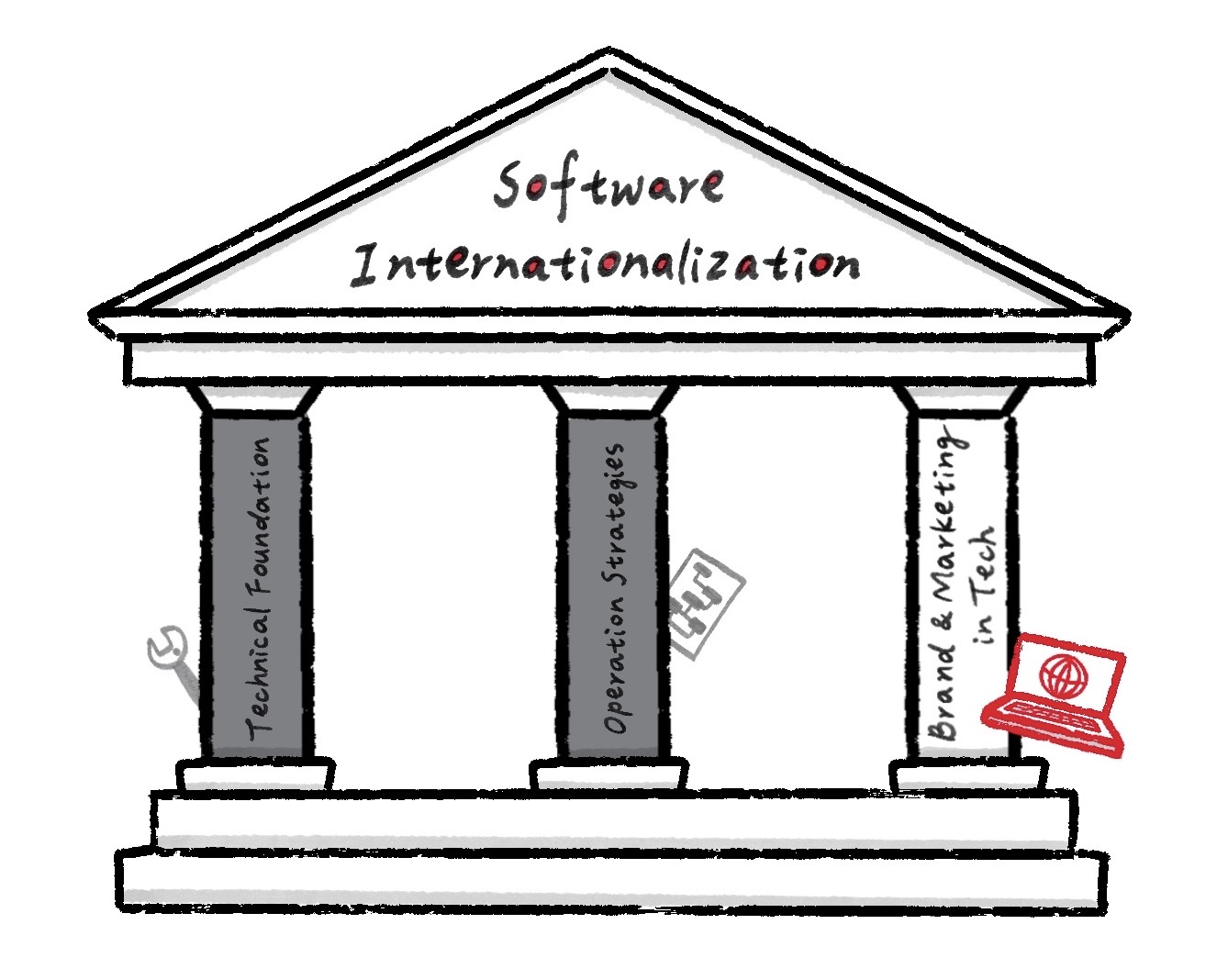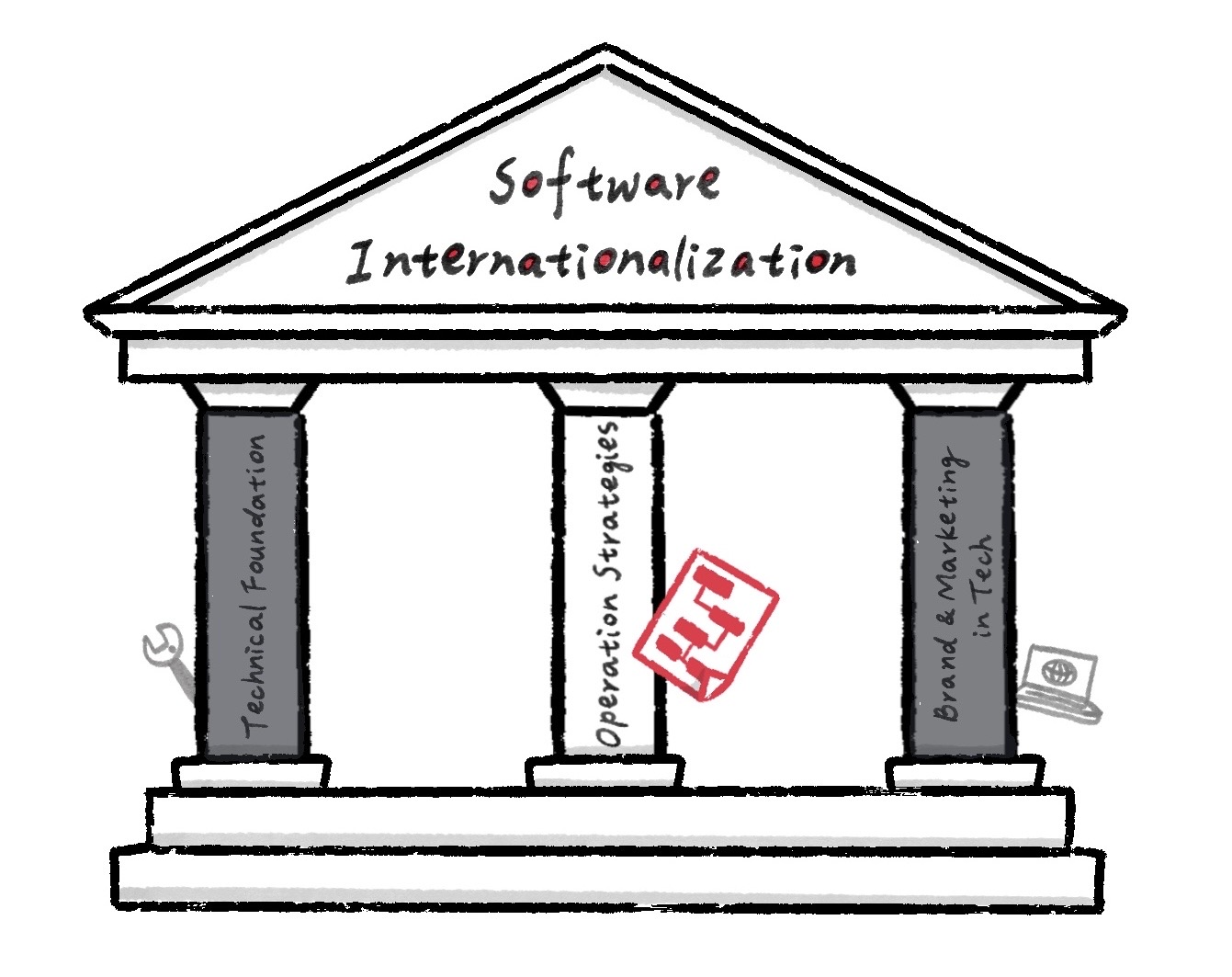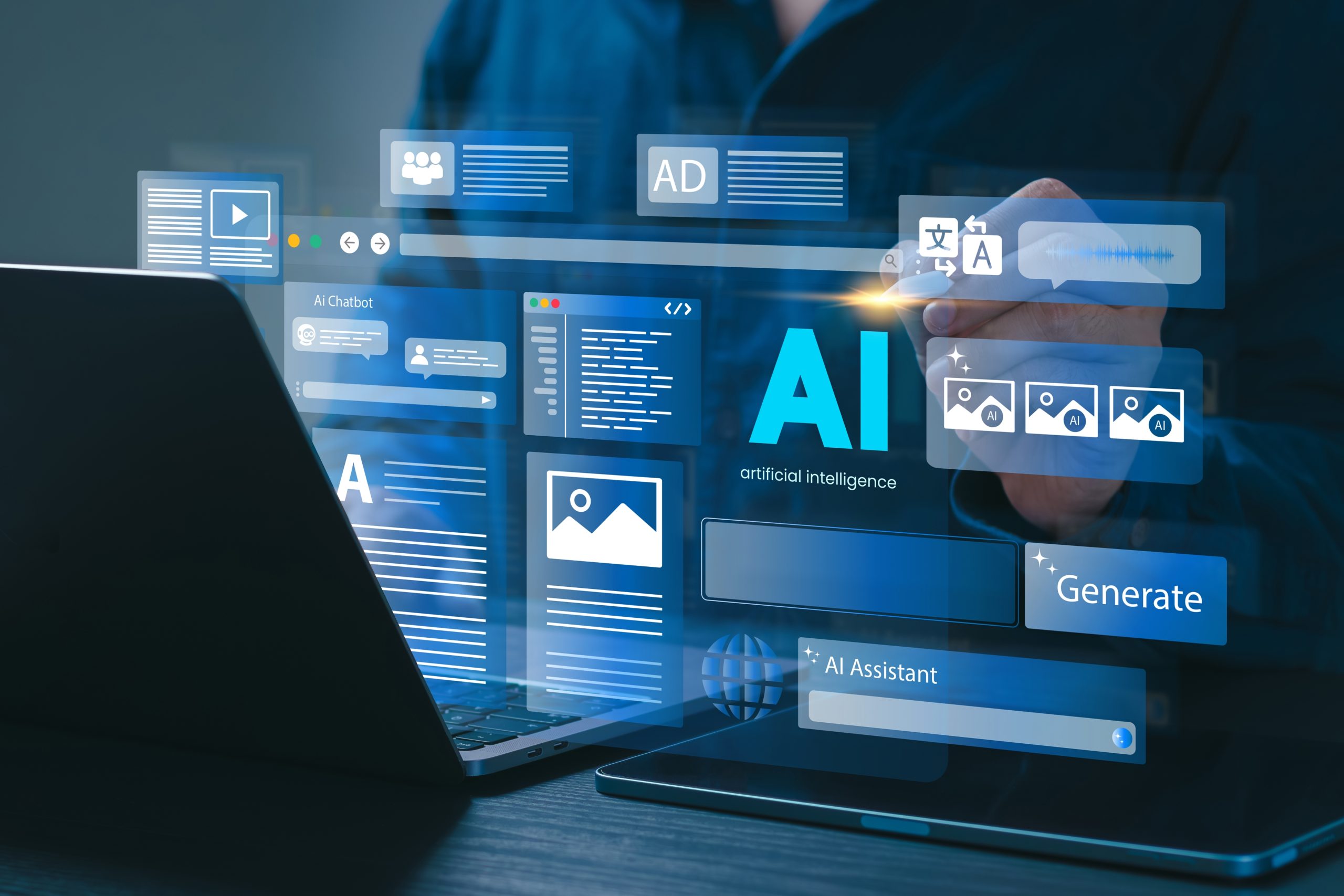How to Prepare Software for I18n – Pillar III: Advanced UX and Technical SEO
2025.11.09A solid technical foundation and an efficient workflow, as explored in Pillar I (“The I18n Technical Readiness Checklist") and Pillar II (“Automation & Tools Strategies"), are crucial for delivering a product with consistent quality and on time. However, this operational success doesn’t guarantee market acceptance, especially when the output is invisible to local search engines, presents culturally mismatched visuals, or contains contextually awkward translations. Having grasped the fundamentals of establishing a robust internationalization (i18n) framework from our prior articles, this piece guides you beyond these initial steps. As the concluding part of this series, we explore the sophisticated tasks that go beyond mere translation, focusing on how to ensure a product genuinely feels native and thrives across diverse global markets. To make a product feel truly native, it’s essential to undertake nuanced engineering tasks that extend far beyond simple linguistic translation. This means managing how the application presents culturally-aware visuals and content, and how it signals its context to local search engines to prevent the final product from failing. Here are some challenges when these issues are not well-handled: The following solutions can be employed to avoid any potential issues that the aforementioned challenges may present: By addressing these advanced topics, teams can move beyond mere translation. This final layer of polish, combining thoughtful UX engineering with rigorous quality assurance, is what builds user trust and ensures a product feels truly at home in any market. Successfully navigating the three pillars of internationalization requires expertise across technology, process, language and culture. Linguitronics supports your team at every stage, turning i18n challenges into a competitive advantage. Linguitronics’s local specialists can optimize your online presence through expert Transcreation and SEO multilingualization, while our Desktop Publishing (DTP) service ensures all visual elements are meticulously adapted for cultural relevance. Our LQA services provide the ultimate quality gate, ensuring your content is accurate, functional, and resonates perfectly with target audiences across all languages. Finally, Linguitronics’s language technology and project management experts, experienced with different tools and i18n workflow-design, support you with consultation through every stage of the development. Looking for a partner to build your next global success? Reach out to us now!

What Else Should Be Considered Beyond the Engineering Basics?

Going Beyond the Basics — Advanced UX and Technical SEO Approach
How Linguitronics Can Help You Achieve I18n Success

How to Prepare Software for I18n – Pillar II: Automation & Tools Strategies

How to Translate A Legal Document: A Quick Guide

AI Translation vs Human Translation Explained: How Human-in-the-Loop and Post-Editing Improve Quality
